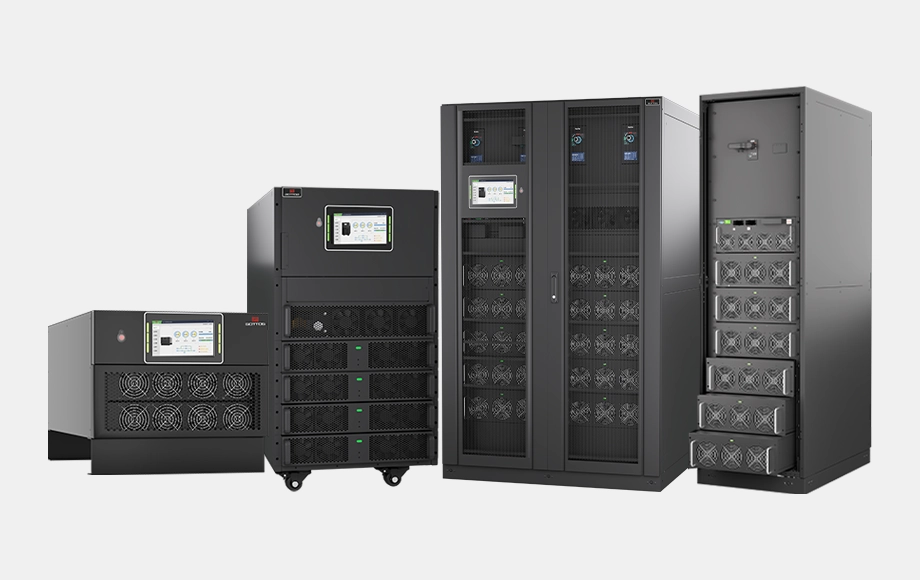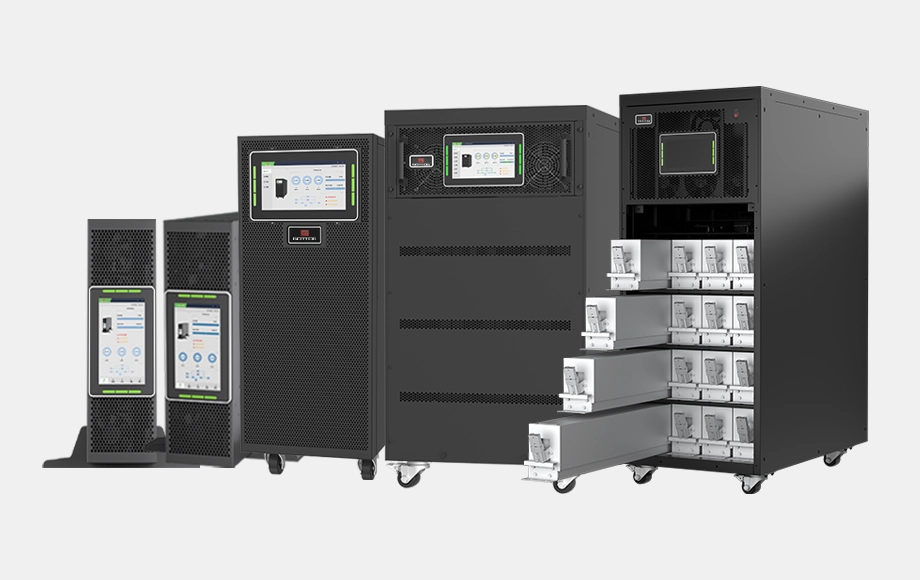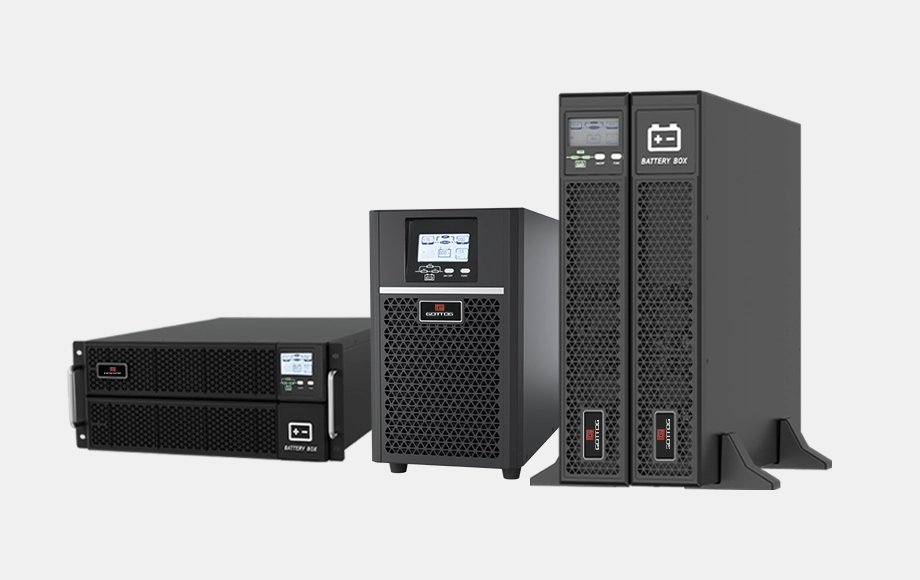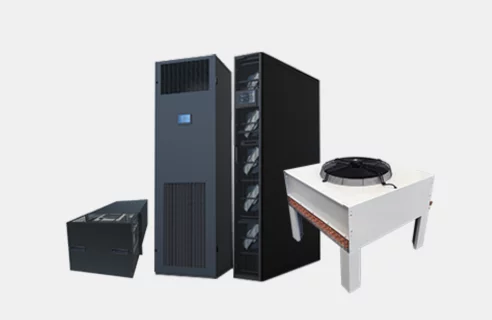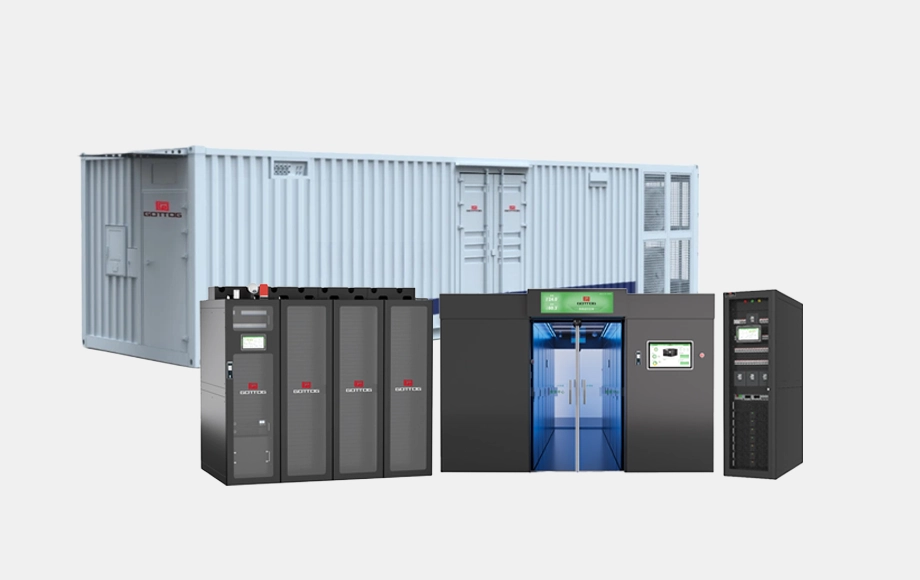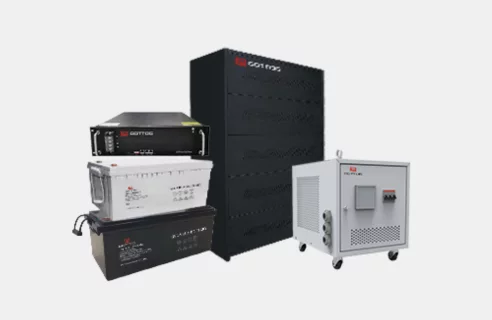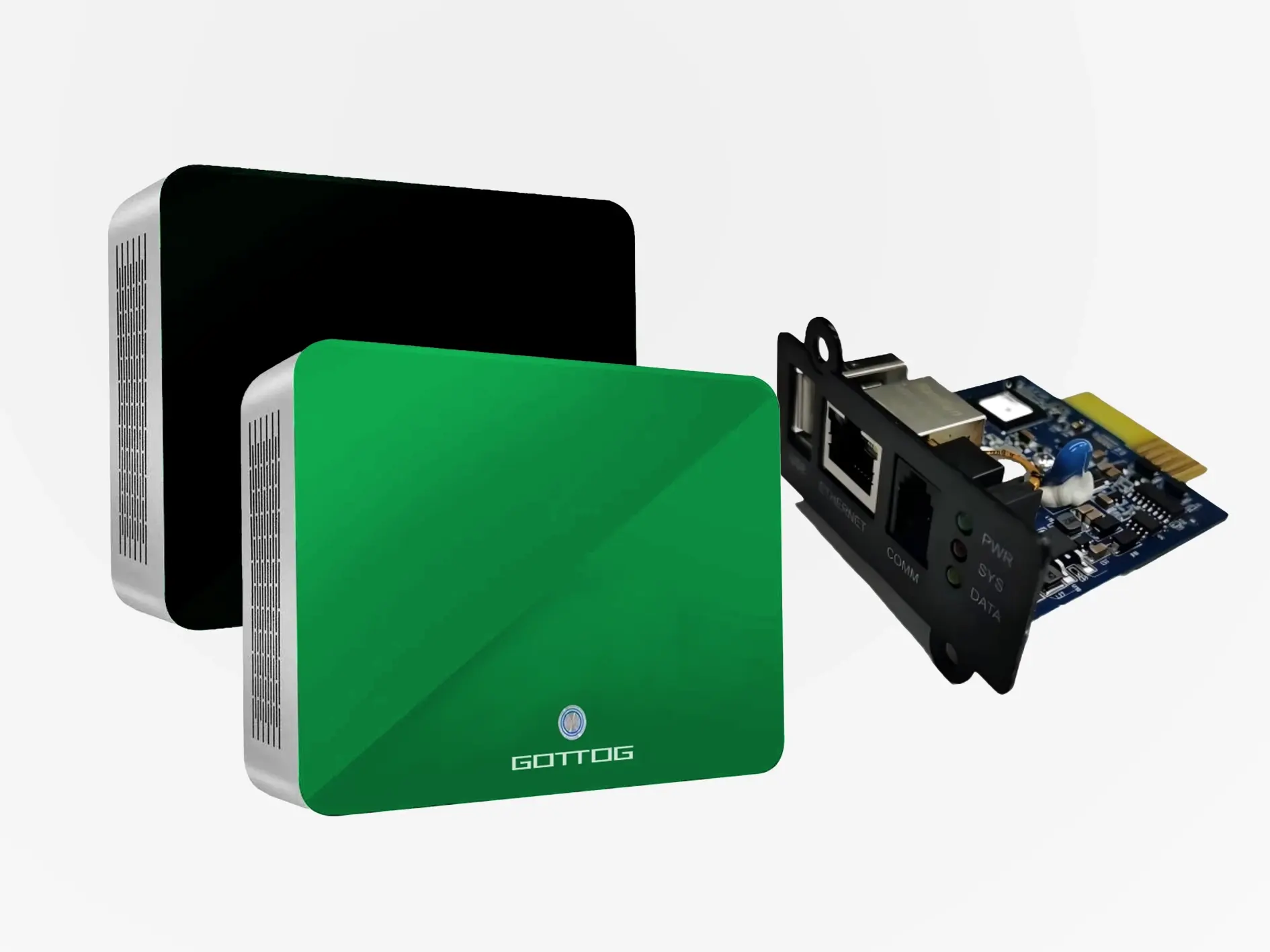As organizations increasingly rely on digital infrastructure, maintaining uninterrupted power has become critical. Data centers, server rooms, and enterprise IT environments face challenges such as voltage fluctuations, grid instability, and increasing power density. These issues can compromise sensitive equipment, leading to downtime, data loss, and operational disruption.
Modern UPS systems are designed not only to provide emergency backup power but also to optimize energy efficiency, scalability, and operational reliability.
Key Challenges in Power Protection
- High-Density Loads – Servers and storage racks require more power per unit area, demanding UPS systems capable of handling concentrated loads.
- Power Quality – Harmonic distortion, voltage sags, and surges can damage IT equipment. UPS solutions must deliver clean, stable power.
- Scalability and Flexibility – As IT infrastructure grows, modular UPS architectures enable incremental capacity expansion without downtime.
- Maintenance and Monitoring – Proactive monitoring and modular design simplify maintenance and reduce the risk of system failures.
Trends in Modern UPS Technology
- Modular Online UPS – Allows incremental capacity additions, easy replacement of faulty modules, and optimized total cost of ownership (TCO).
- High-Efficiency Power Conversion – Minimizes energy loss, reduces heat generation, and lowers cooling requirements.
- Intelligent Monitoring and Control – IoT-enabled systems provide real-time load, battery, and environmental status, supporting predictive maintenance.
GT-10FM Modular Online UPS
As an illustration of these principles, the GOTTOGPOWER GT-10FM Modular Online UPS demonstrates how modern UPS design addresses data center challenges.
Key Features:
- Flexible Installation – Supports both rack and tower mounting for standard cabinet environments.
- Full Switchgear – Includes Main, Bypass, Maintenance, and Output switches to maintain continuous operation during maintenance.
- Battery Flexibility – Optional no-neutral configuration, with 20–50 cells adjustable based on runtime requirements.
- Device-Level Protection – IP20 protection ensures safe and reliable operation.
- Energy Efficiency – High input power factor (>0.99) and low total harmonic distortion (<3%) minimize power losses.
By combining modularity, efficiency, and reliability, the GT-10FM illustrates how modern UPS systems can support high-density, mission-critical IT environments.
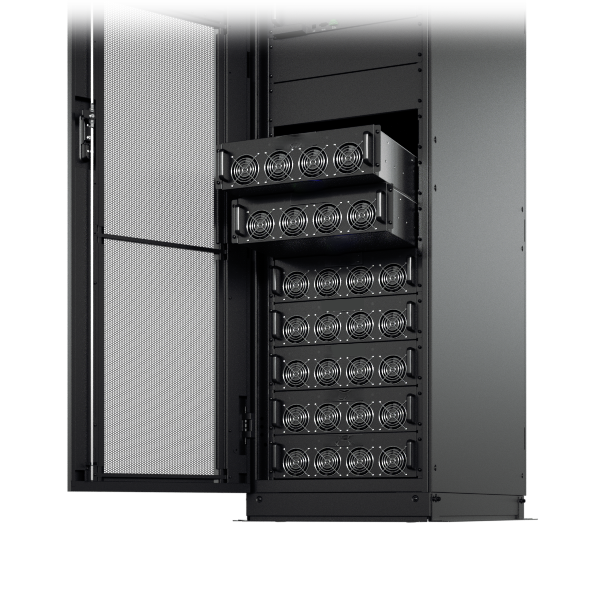
Best Practices for UPS Deployment
- Right-Sizing and Load Analysis – Select UPS capacity based on current and projected power needs.
- Redundancy Planning – Implement N+1 or 2N configurations to ensure uninterrupted power.
- Integration with Environmental Controls – Coordinate UPS and cooling systems for optimized energy use.
- Regular Monitoring and Maintenance – Track battery health, module performance, and environmental conditions to prevent downtime.
Conclusion
Reliable power is fundamental to the operation of modern IT infrastructures. Modular, intelligent UPS systems provide the flexibility, efficiency, and reliability needed to meet evolving demands. By adopting these technologies, organizations can protect critical equipment, optimize energy consumption, and prepare for future growth.
Contact us at info@gottogpower.com to discuss your power requirements. Our engineers can help you determine the most suitable UPS configuration for your facility.

